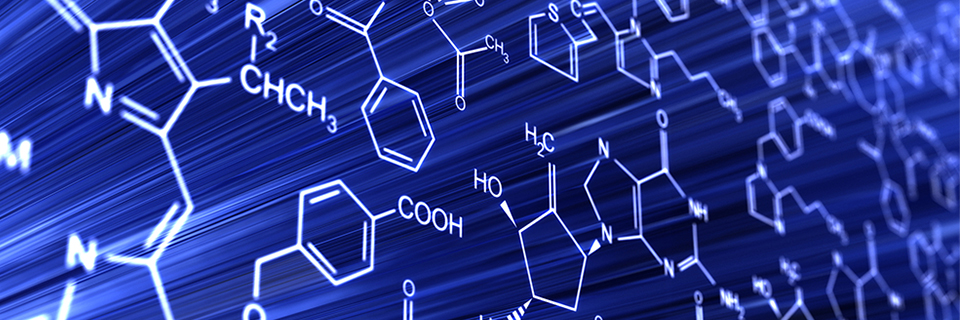
When creating small molecule drugs, it is necessary to consider not only the direct action on the disease-causing target molecules and a good safety profile, but also delivery of the drug to the target organ or site through the bloodstream after administration to the body orally or by injection. In order to find small molecule compounds that meet these criteria, scientists undergo a process of trial and error, by
- synthesizing compounds
- evaluating the efficacy, physicochemical, pharmacokinetics, and safety profiles of the synthesized compounds
- analyzing the data and designing the next compound to be synthesized
This trial and error process takes several years, and the know-how has tended to rely on the scientists’ rules of thumb. Therefore, Eisai is working to find drug candidates more efficiently by utilizing AI technologies such as machine learning and deep learning.
Evaluation of Compounds by AI
Through repeated trial and error, we have accumulated experimental data on efficacy, physicochemical, pharmacokinetics, and safety profiles of a large number of compounds. The accumulated data includes many insights created by Eisai's strength in chemistry. Such data is fed into machine learning and deep learning to elucidate the relationship between chemical structure and experimental data (efficacy, physicochemical, pharmacokinetics, and safety profiles). The trained machine learning and deep learning models enable scientists to predict efficacy, physicochemical, pharmacokinetics, and safety profiles from their chemical structures without synthesizing compounds, and support the design of new compounds by scientists.
Compound Design by AI
These models that predict efficacy, physicochemical, pharmacokinetics, and safety profiles can evaluate hundreds of thousands of compounds in less than a day. Taking advantage of this feature and combining it with deep generative models, AI identifies compounds with desired features (predicted profiles) from a huge number of compounds generated on a computer, and proposes them to scientists. Scientists review the proposal and provide feedback (e.g., changing instructions to the AI). After receiving feedback, the AI will make another proposal. In several drug discovery projects, we are working to efficiently create drug candidates by advancing synthesis and evaluation of compounds designed by collaboration between AI and scientists.
